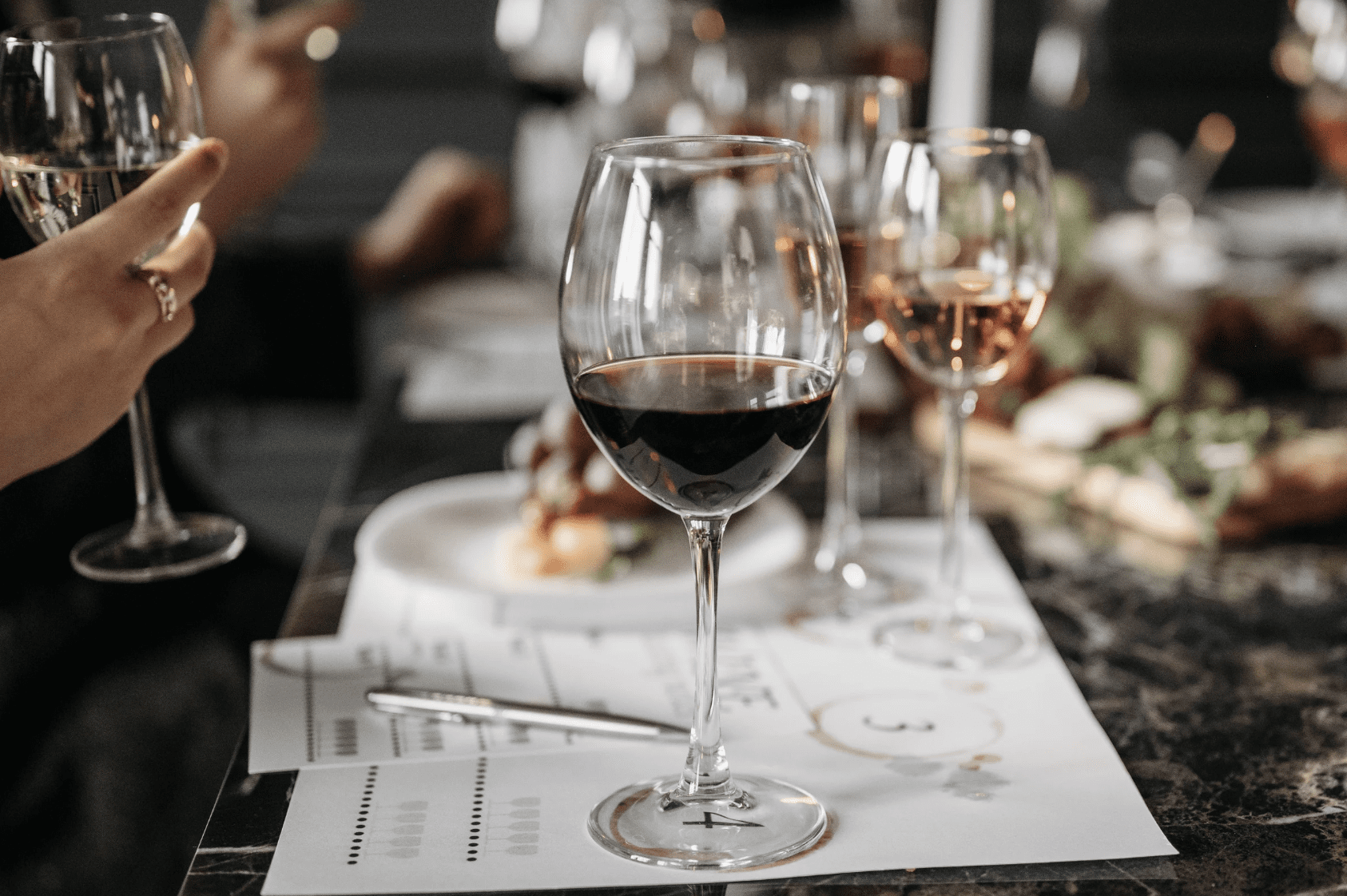Numerous traditional beliefs exist regarding wine, but it’s crucial to discern fact from fiction. Presented below are the 8 Wine Myths that may impact your wine tasting experience:
1. Serve Red Wine in Room Temperature
This traditional wisdom was true once when room temperature was several degree cooler. Red wine is best served 57-65ºF (14-18°C) depending on grape variety. Cabernet Sauvignon is best served at 65ºF (18°C); whereas a light Chinon could be served at 57ºF (14°C).
2. Red wine is associated with more headaches than white wine due to its higher sulfite content.
Sulfites, also known as sulfur dioxide, are used as preservatives in numerous everyday foods. Despite common misconceptions, sulfites do not trigger headaches. In reality, our bodies naturally produce around 1,000 mg of sulfites daily. However, individuals with asthma may experience allergic reactions to sulfites.
Red wines generally contain fewer added sulfites compared to white wines, as the grape skins possess natural preservative properties. Cheaper, low-alcohol white wines typically require higher sulfite levels to prevent oxidation.
When it comes to headaches, dehydration is often the culprit. To prevent hangover headaches, it’s essential to drink alcohol in moderation!
3. Organic Wine has no sulfites
Sulfites are naturally generated during the fermentation process, meaning all wines inherently contain sulfites. To prevent oxidation and ensure stability, many winemakers include extra sulfites in their wines. However, organic wines abstain from additional sulfite additives.
In the United States, wine is legally permitted to contain a maximum of 350 ppm (parts per million) of sulfites, with the majority of wines averaging around 125 ppm. Organic wines, containing only natural sulfites, generally range between 10-20 ppm.
4. Red wine has less calories than sweet wine.
It is commonly perceived that sweet wine has more calories than dry (non-sweet) wine. Well, this depends. While true for rich sweet wine like Sauternes, this is false for a semi-sweet spatlese riesling.
Calories come from alcohol as well as sugar content. A typical dry Cabernet Sauvignon from France has 13.5% alcohol which amount to ~160 calories per 6-ounce glass. A equivalent glass of a lightly sweet Moscato or a German Kabinett or a German Spatlese riesling, due to its lower alcohol (6-9% abv) will have slightly lower calories despite its higher sugar content.
Key insight: If you want the lowest calories wine, go for a low alcohol wine that is dry.
5. The thicker the legs, the better the wine.
The belief that thicker wine legs indicate better quality is a misconception. Wine legs, also known as “tears,” are the streaks that form on the sides of a wine glass when swirled. Contrary to popular belief, they do not signify quality. Instead, they result from alcohol evaporating faster and having lower surface tension than water. This causes the legs to rise due to increased surface tension before gravity pulls them down. Fuller-bodied wines tend to have slower-dripping legs.
6. Cheese and wine are the perfect pairing partners.
This common belief is actually a myth: not all cheese pairs well with wine! The heavy texture and strong flavor of cheese can overwhelm the palate, hindering the ability to fully appreciate the richness and balance of a good wine. To ensure an enjoyable tasting experience, it’s important to carefully select cheese that complements your choice of wine.
Key insight: A soft cheese, such as Brie, is your greatest friend when you have a bad wine. It will coat your palate and you won’t be able to taste all its elements!
7. Vintage Champagne is better in quality than non-Vintage Champagne (NV).
In most cases, vintage Champagne commands a higher price compared to non-vintage Champagne, contributing to the perception that vintage is superior.
Vintage Champagne is produced from grapes harvested in a specific year, thereby reflecting the unique characteristics of that particular harvest. On the other hand, non-vintage Champagne is crafted by blending wines from different years, resulting in a consistent “house” character that remains stable from year to year.
8. Wine tastes better with age.
Most whites are made for immediate consumption. As for red, 90%+ of the wines are made for consumption within 5 years of release. Despite popular belief, many wines go from youthful to past prime. In other word, they do not “age gracefully” in the bottle. They go from fresh to stale after several years.
Wines with concentrated fruits, solid acidity, structured tannin can age well. High quality (and pricey) grand cru Bordeaux is one example. Only the finest grapes are used to make the great wine. Depending on vintages and producers, they can age for 10-30 years. These wines account for <10% of the total global production.
Key insight: Everyday white wines should be consumed within one to three years of release for best enjoyment. Everyday red wines should be consumed in the first 1 to 3 years for best enjoyment. Mid-priced reds (US$20+) can be kept 3-5 years after production year. Better reds (US$40+) can last 5-8 years.






